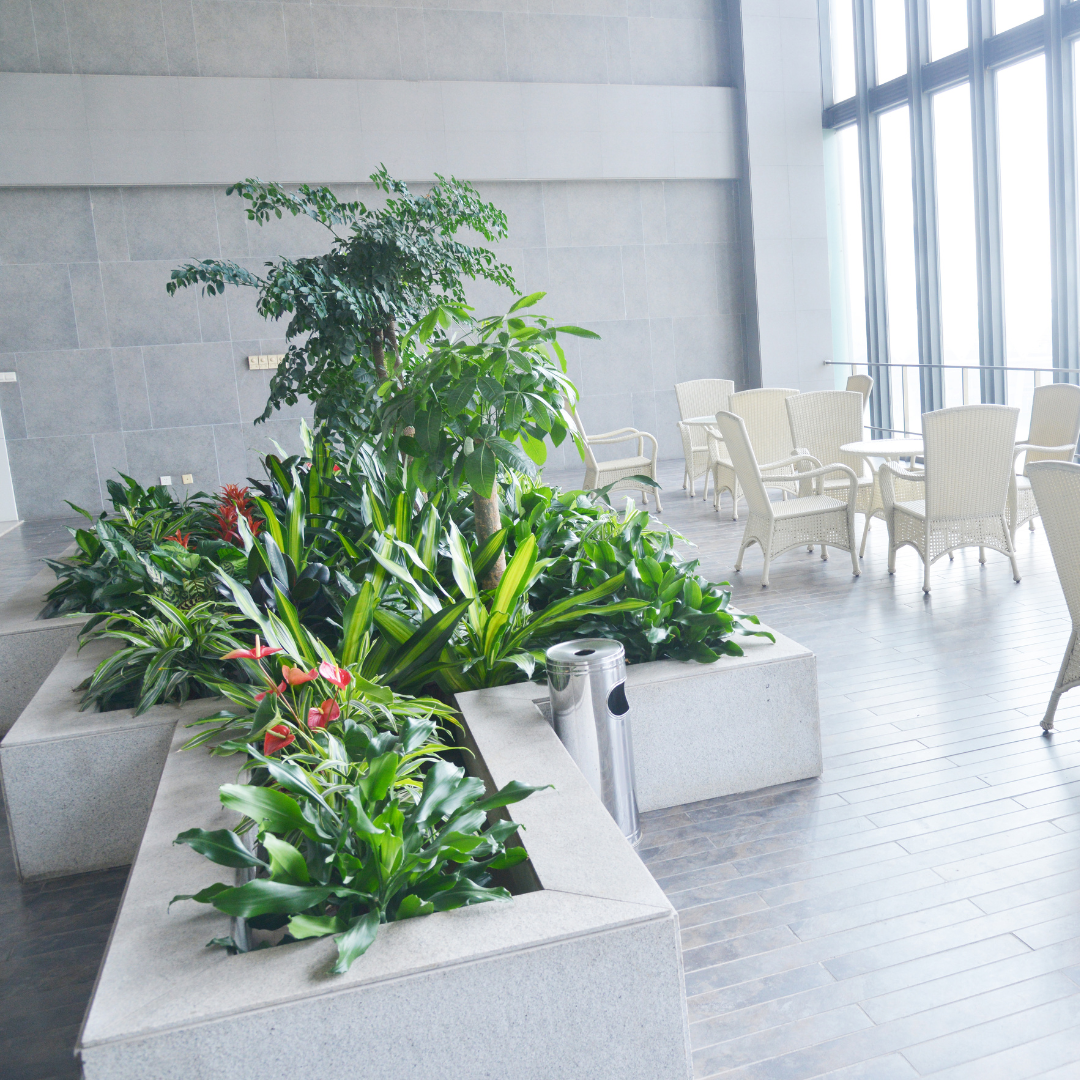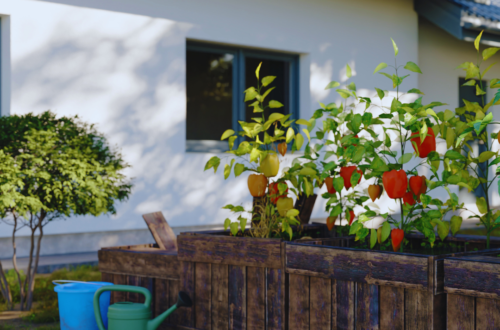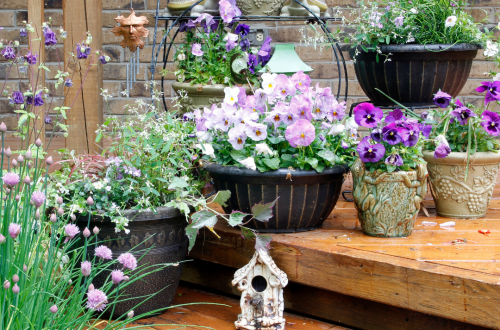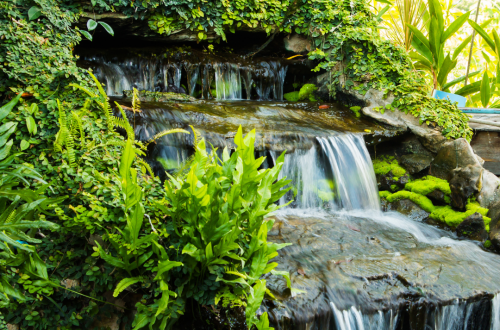Indoor gardening, the practice of growing plants, flowers, and herbs in a contained environment, is a popular hobby, a way to connect with nature on a more intimate level and save money on your groceries. There’s nothing wrong with that, but before you jump right in, there are a few things you should know. First, indoor gardening isn’t the same as container gardening. With container gardening where you plant seeds or cuttings transplanted into containers or other locations around your garden. With indoor gardening, you’re growing plants in containers but keeping them inside.
Indoor gardening is a great way to brighten up your living or work space and bring nature indoors. It’s also a great way to get your hands dirty and take control of the quality of your food. Whether you’re a beginner or a seasoned indoor gardener, in this Gardening blog you’ll find tips and tricks on how to choose the right plants, containers, and soil, as well as how to care for them. So get ready to start your indoor garden and bring the outdoors in!
Look for a good location for your indoor garden.
Growing indoors means you don’t need to worry about the weather or pests, but choosing the right room can be a struggle. Some plants require full sun, so you’ll need to find a souh-facing need to keep in mind that to have a beautiful garden, you would need to have proper gardening tools and machinery. You could find good deals here or in similar stores on the internet to buy such equipment.
Think of the plant that you want to grow.
When selecting the plants you want to grow in your indoor space, it’s essential to pay attention to the specific requirements of each plant. For instance, if you’re considering growing oranges in your orangery, you’ll need to account for the fact that citrus trees, including orange trees, can grow quite tall. This may not be suitable if you have a low ceiling in your indoor space. Such plants tend to grow well in bespoke orangeries UK or similar architectural structures elsewhere. So, getting one built in your house could be a good idea. Similarly, if you have young children who tend to explore with their senses, including taste, you might want to opt for edible plants. Herbs, small fruiting plants, or even a small vegetable garden can be both educational and safe for kids, reducing the risk of them falling ill from ingesting non-edible plants. Ultimately, the choice of plants should align with your indoor space, its conditions, and the occupants, be they humans or pets.
Choose your growing medium.
You have a few options when it comes to the growing medium. The soil will come to mind first, but you can also grow plants in water or even air. Choosing which growing medium to use involves a lot of factors, including the type of plant you’re trying to grow, the system size, and your own personal preferences. Remember, the growing medium can affect the amount of energy needed to grow a plant, how well the roots can breathe, and how much water the plants need.
Choose your grow containers.
The topic of indoor gardening is growing rapidly in popularity, and for a good reason. Indoor gardening allows gardeners to grow their plants without needing much sunlight no matter the region. This gives gardeners more flexibility when it comes to growing their plants. Take, microgreens, for instance, which are rather easy to cultivate in containers, and are packed with nutrition too. Growing these can be a great way to save money, eat healthier, and get home-grown greens year-round. It is even easy to purchase the seeds with ease through an e-site like sky sprouts. However, this also means that you must figure out which grow containers work best for your garden and what to grow in them. Growing containers come in all shapes and sizes, so finding one perfect for indoor gardening can be a challenge.
Watering the indoor garden.
Indoor gardening can be fun and very rewarding. Building a garden inside your home can be a great way to provide healthy fruits and vegetables for you and your family. However, the process is not as easy as it sounds. Indoor gardening is more challenging than outdoor gardening. This is because you must provide adequate lighting for your plants and also keep the plants moist. Some beginners find it hard to do this, not realising that indoor air is much drier than outdoor air, so your plants may need watering more often.
Indoor gardening is a great way to add a little greenery to your space and also save money. You may not realise it, but growing plants indoors is actually an environmentally friendly form of gardening. (As an added bonus, the health of your plants will be that much better because you’ll avoid all the harmful pesticides and chemicals typically found in most outdoor gardens.) Indoor gardening also requires much less work and maintenance than outdoor growing, and plants grown indoors stay much cooler in the summer and warm in the winter.






